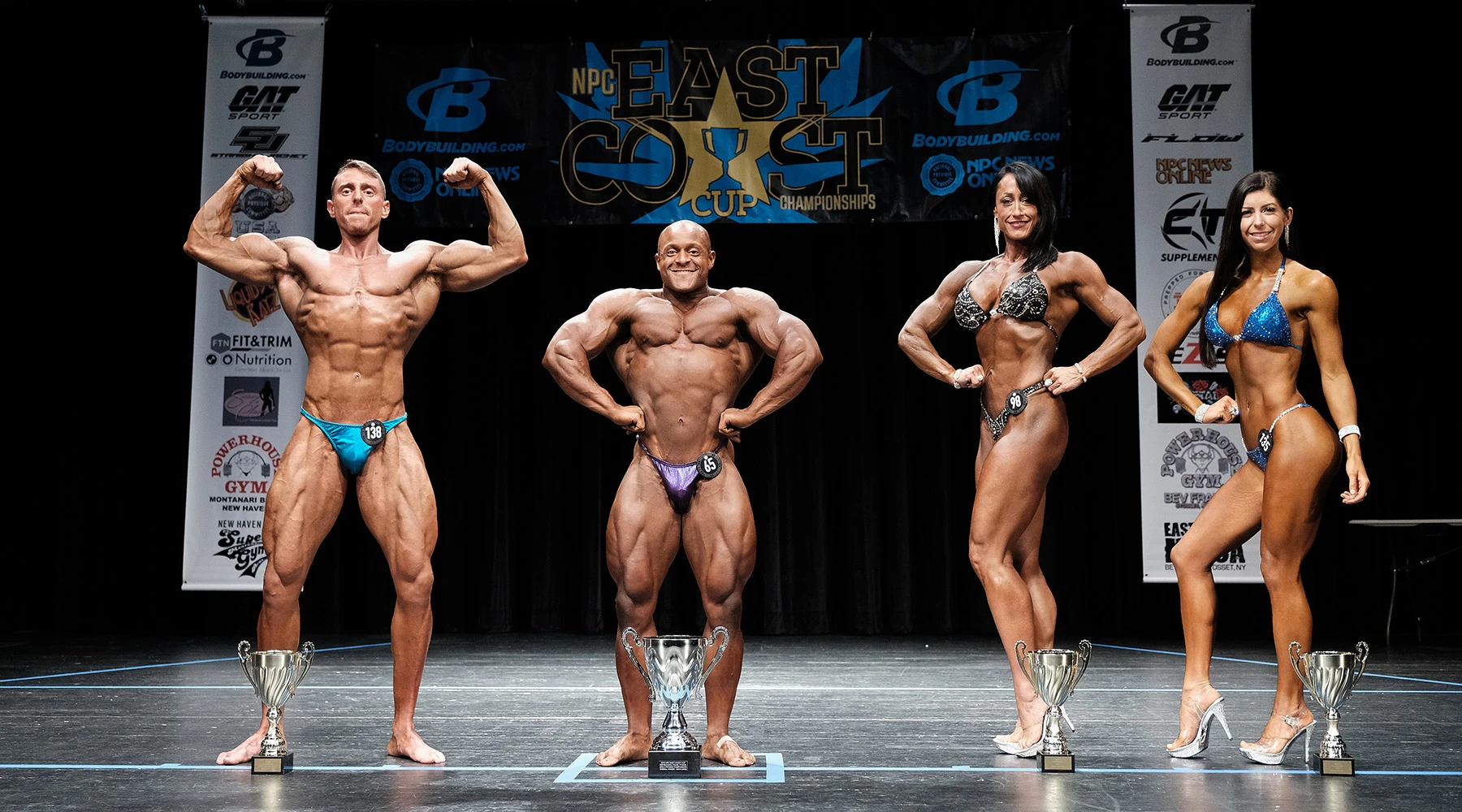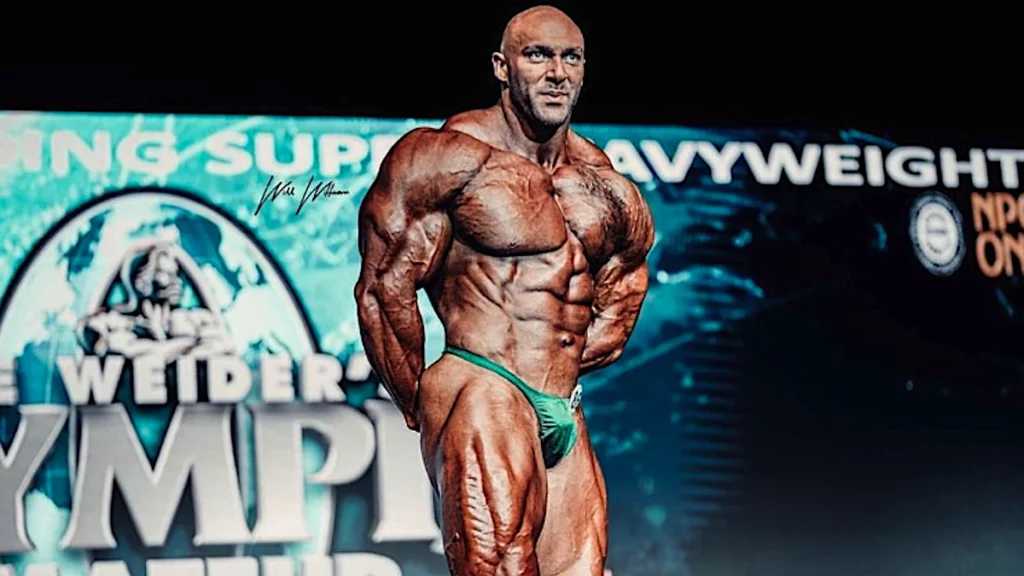With so many amateur bodybuilding competitions out there, it can be overwhelming to choose the right one for you. But fear not, because we’ve got you covered with the ultimate guide to choosing the right amateur bodybuilding competition for you.
From understanding the different categories and divisions to researching the competition’s rules and regulations, we’ll walk you through everything you need to know to make an informed decision. Whether you’re a seasoned competitor or a first-timer, this guide will help you find the perfect competition to showcase your physique and achieve your bodybuilding goals.
So, let’s dive in and get started on this exciting journey!
Understanding the different types of bodybuilding competitions
There are many different types of bodybuilding competitions, each with its own set of rules and regulations. Some of the most popular bodybuilding competitions include:
- Mr. Olympia: The Mr. Olympia is the most prestigious bodybuilding competition in the world. It is held annually by the International Federation of Bodybuilding and Fitness (IFBB).
- Arnold Classic: The Arnold Classic is another major bodybuilding competition. It is held annually in Columbus, Ohio, and is named after Arnold Schwarzenegger, who won the Mr. Olympia title seven times.
- New York Pro: The New York Pro is a professional bodybuilding competition that is held annually in New York City. It is one of the most prestigious events on the IFBB Pro League circuit.
- Olympia Amateur: The Olympia Amateur is a bodybuilding competition for amateur bodybuilders. It is held annually in conjunction with the Mr. Olympia.
- World Natural Bodybuilding Federation (WNBF) World Championships: The WNBF World Championships is a natural bodybuilding competition for bodybuilders who do not use performance-enhancing drugs.
Bodybuilding competitions are judged on a number of factors, including muscle size, symmetry, and definition. Competitors are typically required to pose in a variety of different positions, such as front double biceps, back double biceps, and side chest.

Factors to consider when choosing a competition
Once you understand the different types of competitions, it’s time to consider the factors that will help you choose the right one for you. Some factors to consider include the location, the level of competition, and the judging criteria.
Location is an important factor to consider since you’ll need to be able to travel to the competition venue. Look for competitions that are within a reasonable distance and that you can easily access.
The level of competition is also important to consider. Some competitions are more beginner-friendly, while others are more advanced and require more experience. Consider your own level of experience and choose a competition that aligns with your skill level.
Finally, it’s important to understand the judging criteria for each competition. Some competitions may focus more on muscle mass, while others may prioritize overall physique and presentation. You’ll want to choose a competition that aligns with your strengths and allows you to showcase your best qualities.
Setting realistic goals for your competition
Before you begin preparing for your competition, it’s important to set realistic goals for yourself. Consider what you hope to achieve through the competition and set specific, measurable goals that will help you get there.
For example, you may want to focus on increasing your muscle mass or improving your overall conditioning. Set specific targets for these goals and track your progress along the way.
It’s also important to be realistic about your chances of winning. While it’s great to have ambition and strive for excellence, it’s important to understand that there will always be competitors who are stronger or more experienced than you. Focus on doing your best and improving your own physique, rather than comparing yourself to others.
Preparing for your competition: training and dieting
Once you’ve set your goals, it’s time to begin preparing for your competition. This will involve a combination of training and dieting to help you achieve your best possible physique.
In terms of training, you’ll want to focus on lifting heavy weights to build muscle mass and improve your overall strength. You may also want to incorporate cardio and HIIT training to help you burn fat and improve your conditioning.
Dieting is also an important part of competition preparation. You’ll need to eat a clean, nutrient-dense diet that provides your body with the energy and nutrients it needs to fuel your workouts and build muscle mass. This may involve cutting out processed foods and sugar, increasing your protein intake, and tracking your macros to ensure you’re getting the right balance of nutrients.
Tips for posing and presentation on stage
Here are some tips for posing and presentation on stage:
- Be aware of your body language. Your body language can communicate a lot to your audience, so make sure you are aware of how you are standing, sitting, and gesturing. Avoid crossing your arms or fidgeting, as this can make you look nervous or closed off.
- Make eye contact with your audience. This is one of the most important things you can do to connect with your audience and make them feel engaged. Make eye contact with as many people as possible, and don’t be afraid to scan the audience as you speak.
- Use gestures to emphasize your points. Gestures can help you to clarify your points and make your presentation more engaging. However, be careful not to overdo it, as too many gestures can be distracting.
- Move around the stage. Don’t stand in one spot the entire time you are presenting. Move around the stage to keep your audience engaged and to make your presentation more visually interesting.
- Project your voice. Speak loudly enough so that everyone in the audience can hear you. If you are speaking in a small room, you may not need to project as much. However, if you are speaking in a large room, you will need to project your voice so that everyone can hear you.
- Vary your tone of voice. Don’t speak in a monotone voice. Vary your tone of voice to keep your audience engaged. You can use a variety of techniques to vary your tone, such as raising and lowering your voice, speaking more slowly or quickly, and using different emphasis.
- Be confident. The most important thing you can do to give a good presentation is to be confident. If you believe in yourself and your message, your audience will too.
Here are some additional tips for posing and presentation on stage, depending on the type of presentation you are giving:
- For a business presentation, dress professionally and avoid wearing anything too flashy or distracting. Make sure your hair is neat and your makeup is understated.
- For a speech, stand up straight and make eye contact with the audience. Speak slowly and clearly, and use gestures to emphasize your points.
- For a performance, use your body language to convey the emotion of the piece. Make eye contact with the audience and let them know how you are feeling.
No matter what type of presentation you are giving, the most important thing is to be yourself and to enjoy the experience.
What to expect on competition day?
On the day of the competition, you’ll need to arrive early to check in and prepare. You’ll likely need to have your tan, hair, and makeup done ahead of time, so plan accordingly.
During the competition, you’ll be judged on your physique, presentation, and overall performance. You’ll need to follow the competition rules and regulations, including the required poses and routines.
Remember to stay focused and confident throughout the competition, and don’t be afraid to show off your hard work and dedication.
Judging criteria and how to maximize your score
To maximize your score in the competition, it’s important to understand the judging criteria and how to showcase your best qualities. Some key factors that judges may consider include muscle mass, symmetry, conditioning, presentation, and overall aesthetics.
To showcase these qualities, you’ll want to focus on presenting a balanced, symmetrical physique with good muscle definition and overall conditioning. You’ll also want to show personality and confidence on stage to stand out from the competition.
Finally, remember to stay positive and focused on your own progress and growth, rather than comparing yourself to others. Competing in amateur bodybuilding can be a great way to challenge yourself and achieve your fitness goals, so enjoy the experience and take pride in your hard work and dedication.
The benefits of competing in amateur bodybuilding
Competing in amateur bodybuilding can be a life-changing experience, both physically and mentally. Here are just a few of the many benefits of competing:
– It can help you set and achieve challenging fitness goals.
– It can build confidence and self-esteem through presenting your physique on stage.
– It can provide a sense of community and support from fellow competitors and fitness enthusiasts.
– It can help you develop discipline and dedication through rigorous training and dieting.
Ultimately, competing in amateur bodybuilding can be a rewarding and empowering experience that helps you take your fitness journey to the next level.
Let’s Sum Up
Choosing the right amateur bodybuilding competition for you can be a challenging process, but with the right guidance and preparation, it can also be an exciting and rewarding experience. By understanding the different types of competitions, setting realistic goals, and preparing for competition day with training and dieting, you can showcase your best qualities on stage and achieve your bodybuilding goals. Remember to stay focused, confident, and positive throughout the process, and enjoy the journey as much as the destination.



